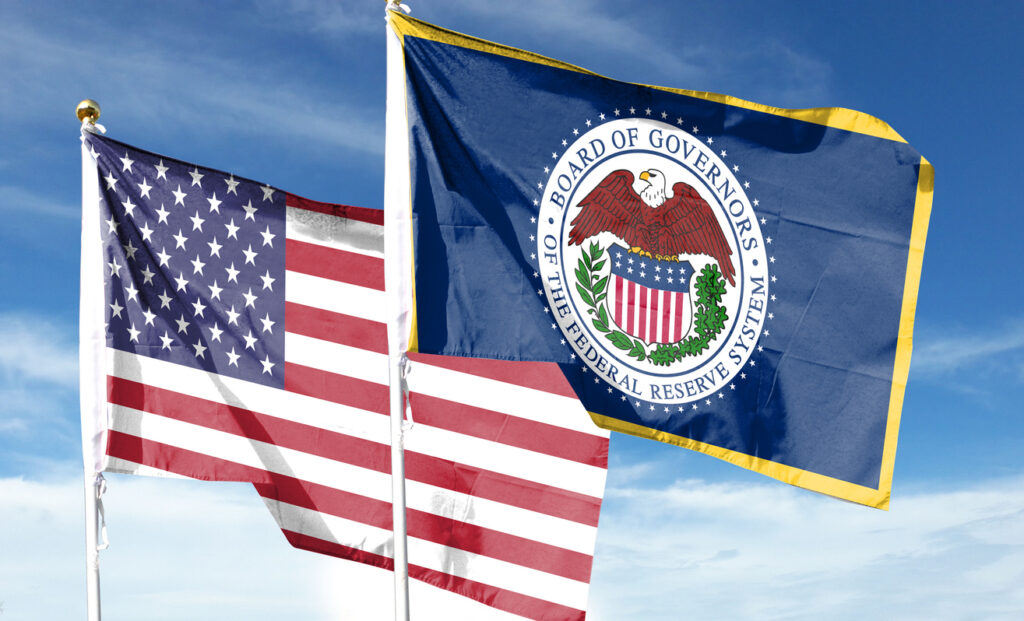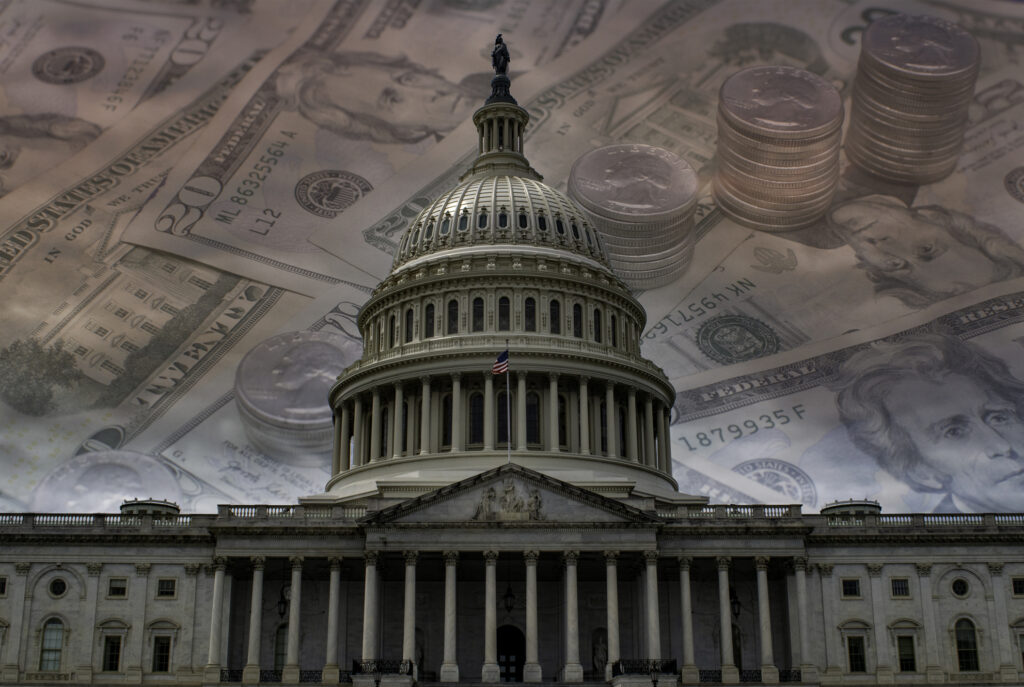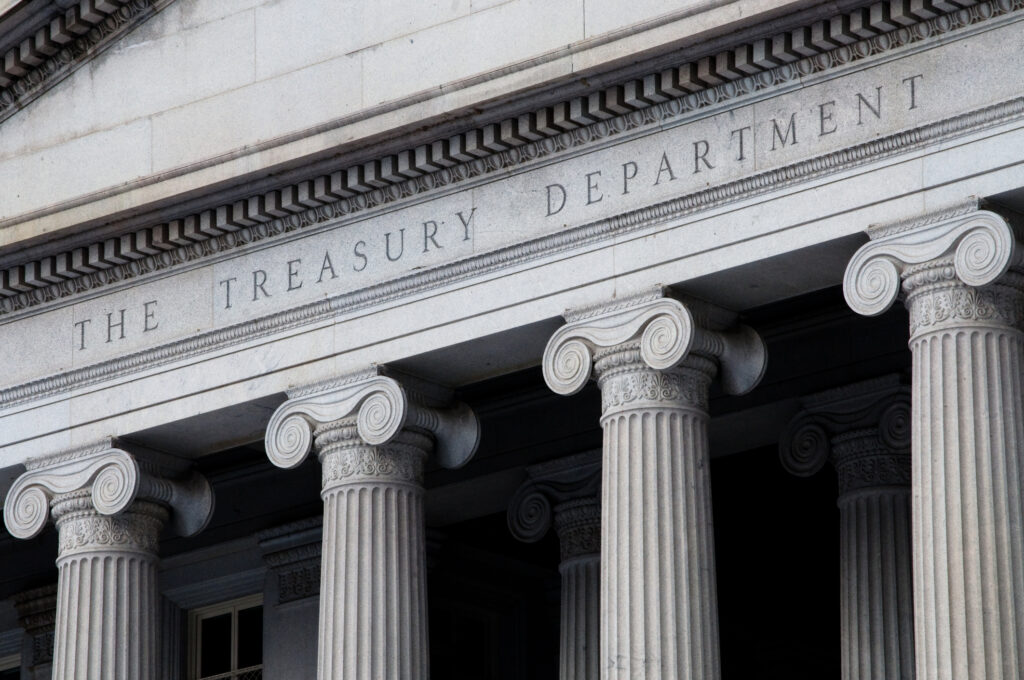Food Inflation Takes Center Stage in BOJ’s Monetary Policy Decisions

The Bank of Japan is maintaining its rate-hiking trajectory despite growing global economic uncertainties, particularly from threatened Trump administration tariffs that have other central banks considering rate cuts. At last week’s meeting, BOJ Governor Kazuo Ueda balanced warnings about global risks with increasing concern over stubborn domestic food inflation, which has kept Japan’s core inflation at 3.0% in February, above the BOJ’s 2% target for nearly three years. Notably, Ueda has shifted from previously dismissing food price increases as temporary to acknowledging they could have lasting impacts on inflation expectations and public sentiment – key factors in BOJ rate decision […]
Four Economic Red Flags: Why Experts Are Sounding the Recession Alarm

Recession fears are intensifying on Wall Street as multiple economic indicators point to a potential downturn. Goldman Sachs has increased its 12-month recession probability from 15% to 20%, while a Bank of America survey shows 55% of fund managers view a trade war-triggered global recession as the top market risk. Consumer pessimism is also rising, with recession expectations hitting a nine-month high according to the Conference Board’s Consumer Confidence Survey. Prominent economist David Rosenberg predicts a recession could emerge as soon as July, highlighting four critical warning signs: First, household finances are struggling, with only 63% of Americans able to […]
Markets Skeptical of Fed’s ‘Transitory’ Inflation View

Federal Reserve Chair Jerome Powell signaled two potential interest rate cuts this year, adopting a dovish stance that surprised investors concerned about stagflation. The Fed’s base case assumes tariff-induced inflation will be “transitory” with only a short-term impact on prices, projecting inflation to reach 2.7% by year-end before returning to its 2% target by 2027. However, experts warn this outlook may be unrealistic given Trump administration trade policy uncertainties. Despite the Fed’s cautious projections, markets are pricing in three cuts instead of two, though analysts advise investors to focus on fundamentals like earnings growth rather than Fed forecasts given the […]
Battle for Gruyere: Gold Fields’ Bid to Take Full Control of Australian Mine Rejected

Australian gold miner Gold Road Resources has rejected a $2.1 billion takeover bid from South African miner Gold Fields, describing it as “highly opportunistic” and undervaluing the company. The offer aims to consolidate Gold Fields’ ownership of their jointly operated Gruyere gold mine in Western Australia. Despite the rejection, Gold Fields’ CEO Mike Fraser remains confident that Gold Road shareholders will support the deal. This attempted acquisition comes amid increasing merger and acquisition activity in the gold mining sector, driven by record-high gold prices.
Dollar Decline Reverses Fortune for American Companies Doing Business Overseas

The US dollar has weakened nearly 4% since January, creating a silver lining for American multinational companies amid concerns about tariffs and trade wars. This currency shift benefits US firms with international operations because a weaker dollar makes American goods more competitive abroad and increases the value of overseas earnings when converted back to dollars. While companies like McDonald’s and Uber had previously warned about negative currency impacts on 2025 profits, the recent dollar decline could help offset these concerns, particularly for businesses that derive significant revenue internationally.
Double Threat: Elevated Core PCE and Impending Tariffs Complicate Fed’s Path Forward

US core inflation remains elevated at an estimated 2.7% annual pace for February, keeping the Federal Reserve cautious about rate cuts. Fed officials are monitoring the potential impact of President Trump’s planned April 2 “Liberation Day” reciprocal tariffs, which could further pressure prices. This economic uncertainty, combined with recent consumer spending growth and income moderation, has led the Fed to maintain current interest rates while they assess how the administration’s trade policies will affect inflation and economic activity.
US and European Bonds Fall as Markets Reassess Trump’s April Tariff Impact

US Treasury bonds fell and yields rose Monday as investors shifted toward riskier assets following reports that President Trump’s “liberation day” tariffs, scheduled for April 2, will be more narrowly targeted than initially feared. The 10-year Treasury yield increased by four basis points to 4.29%, while German bonds saw similar modest declines. This market reaction suggests reduced concern about the potential negative impact on global trade and growth. Despite Monday’s movement, many investors expect US yields to eventually decline as economic confidence weakens amid continued trade uncertainty. Treasury Secretary Scott Bessent is actively working to push bond yields lower, and […]
Trump Policies Could Keep Inflation Above Fed’s 2% Target, Analysts Warn

For almost a decade before the pandemic, Americans barely noticed inflation as prices rose so slowly. Now at 2.5% based on the Fed’s preferred PCE index (down from a 40-year high of 7.3% in 2022), some economists question whether returning to the 2% target is feasible or even desired by the Federal Reserve. The economic landscape has fundamentally changed, with the Trump administration’s aggressive policies complicating the Fed’s inflation management. New tariffs and trade wars threaten to increase prices, while tax cuts and deregulation could stimulate the economy, driving up costs for scarce labor and resources. According to Steve Blitz, […]
Gold Prices Stabilize Before Key PCE Data as Tariff Deadline Approaches

Gold prices remained steady around $3,026.85 an ounce on Monday, supported by a weaker U.S. dollar and uncertainty over President Trump’s upcoming tariff plans. After reaching an all-time high of $3,057.21 last week, gold continues to be viewed as a hedge against economic uncertainty. Analysts suggest prices could reach $3,150 in the near term, though the market awaits clarity on Trump’s April 2 tariff implementation and Friday’s PCE inflation data release.
Gold Maintains $3,000 Level as Markets Digest Focused US Tariff Strategy

Gold prices are holding steady at approximately $3,029 an ounce after news that President Trump’s next round of tariffs will be more focused than initially suggested. This more measured approach could reduce inflationary pressure and keep interest rates lower, which is advantageous for gold as it doesn’t yield interest. Despite this potentially positive development, markets remain cautious about the tariffs’ broader impact and geopolitical disruptions. Chinese Premier Li Qiang stated that China is prepared for tariff shocks, while Australian Treasurer Jim Chalmers warned of the “seismic” impact of US policies on the global economy. Gold has seen a remarkable 15% […]



